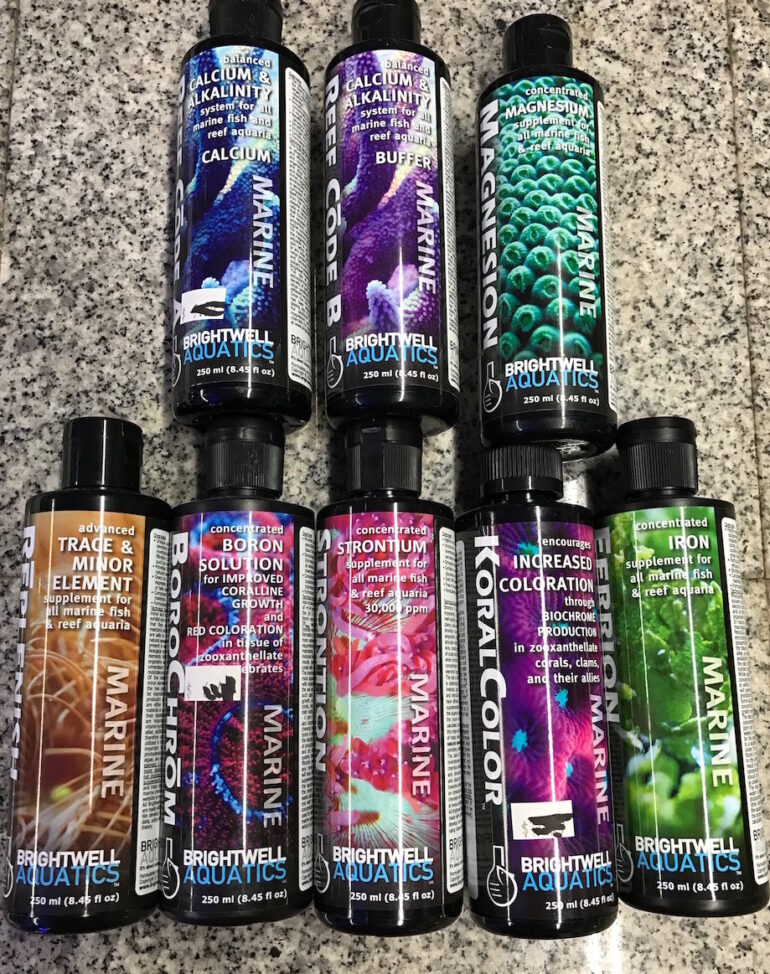Trace Elements
There was an old commercial jingle that ended with “because little things mean a lot”. As we all know in this hobby that is a definite truism. Whether it is doing the little things that make a good tank go from good to great or noticing little changes in the tank that indicate a problem may be arising, little things in terms of reef tank husbandry really can have a significant impact.
One of the places where there is still some debate are trace elements as there is some question whether they need to be supplemented since they may be replaced just by simple water changes and which ones need to be supplied and how much. For those of us that add them the belief is that we are doing so in an attempt to have the waters in our tanks be as close chemically as natural seawater.
We do this with the belief that this will result in rapid growth and brilliant coloration. Unfortunately, from what I could find for the most part there is only a little scientific study as to whether this is indeed the case. By their very definition, trace elements are only available in amounts that are barely measurable in most tanks. The best definition for these elements was that given by Spotte (1979) where he defined trace elements as those elements which do not contribute to the salinity of seawater.
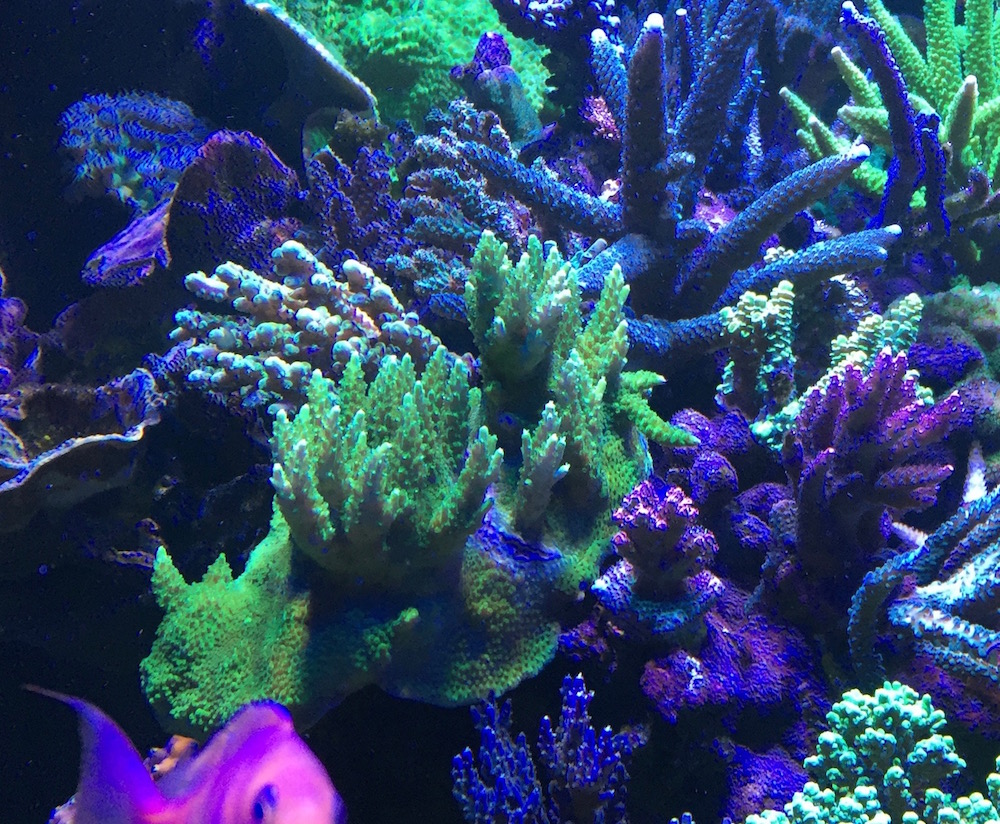
Trace elements comprise the .01% of seawater that is not taken up by chlorine, sodium, sulfur, magnesium, calcium, potassium, bromine, boron, fluorine and strontium. The trace elements are defined scientifically as having concentrations less than 1.0 mg/L.
Interestingly, during my reading on the subject of elements and trace elements in seawater and their biological function, I did not find a grouping for what most of us would consider common elements in the terrestrial environment: Oxygen, Nitrogen, Carbon and Phosphate. That is they were not classified as either main elements or trace elements despite the role they all play in biological processes. So the discussion of these elements will be left for a future discussion.
What Are Trace Elements
There are at least 24 elements in seawater that are classified as trace elements and these include such elements as gold, silver, uranium, tungsten, lead and arsenic. But none of these elements, along with most of the others have been found to have any significant impact on the biological processes of the animals that we keep in out tanks.
So what we are concerned with are the essential trace elements that have been found to be critical for the biological processes of the animals we keep. These essential trace elements for our animals include Iodine, Molybdenum, Vanadium, Nickel, Copper, Cobalt, Manganese, Iron, Selenium, and Zinc.
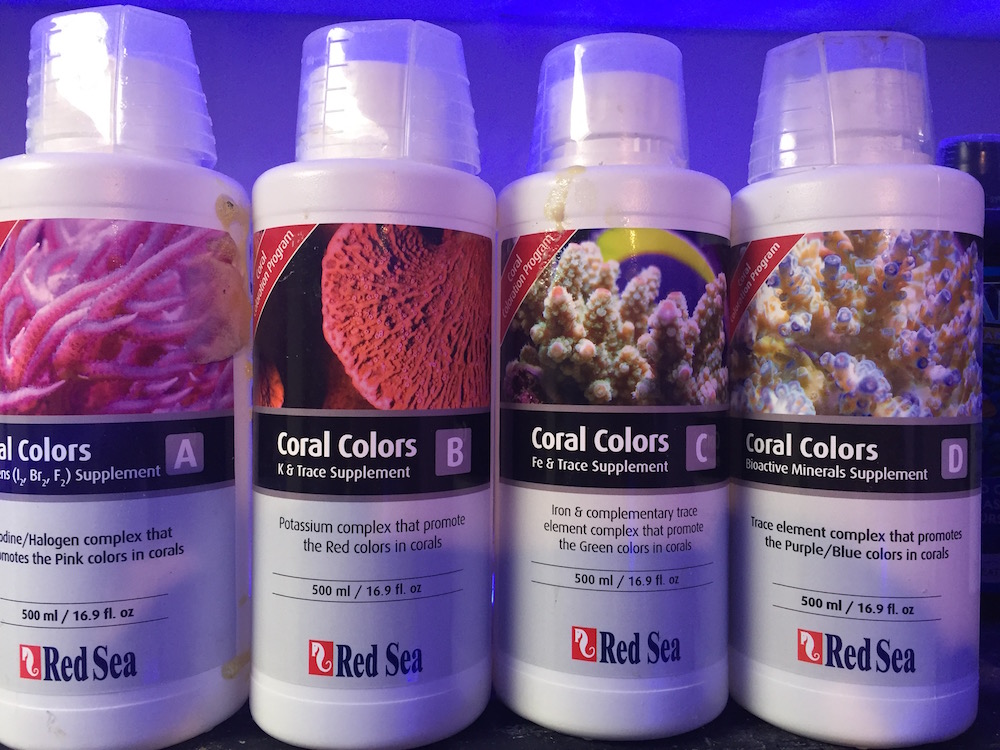
Before I discuss what each of these elements does, I want to point out that despite how stable the ocean is and how long it has been stable the concentrations, despite how relatively low they are, vary greatly and this variance is caused by a number of factors.
They can vary by depth or location on the reef and vary from one ocean to the next as well as from reef to reef in the same ocean. (Spotte, 1979, Craggs pers comm). And this variance is not small as it has been shown to be as much as 100 to 500% difference in some elements (Rejomon, 2007).
Trace Element Concentrations
This variability undoubtedly has led to some debate as to which concentrations are best and the impact they have, but there is actually another reason that knowing the right concentrations is so difficult. As noted above all of these trace elements occur in very low concentrations with some of them like Iron, Selenium and Manganese occurring at levels of approximately 0.0000002g/L (Spotte, 1979).
As a result of these ultra-low concentrations, testing for most of these elements with home kits was not really a valid way of assessing their levels in any meaningful way during most of the time the hobby has existed. Therefore, it was at best a guess up until recently whether the levels of these elements were high or low in any tank at any given time. In my opinion, assessing the levels of these trace elements took a big leap forward when ICP (i.e Triton) testing became widely available.
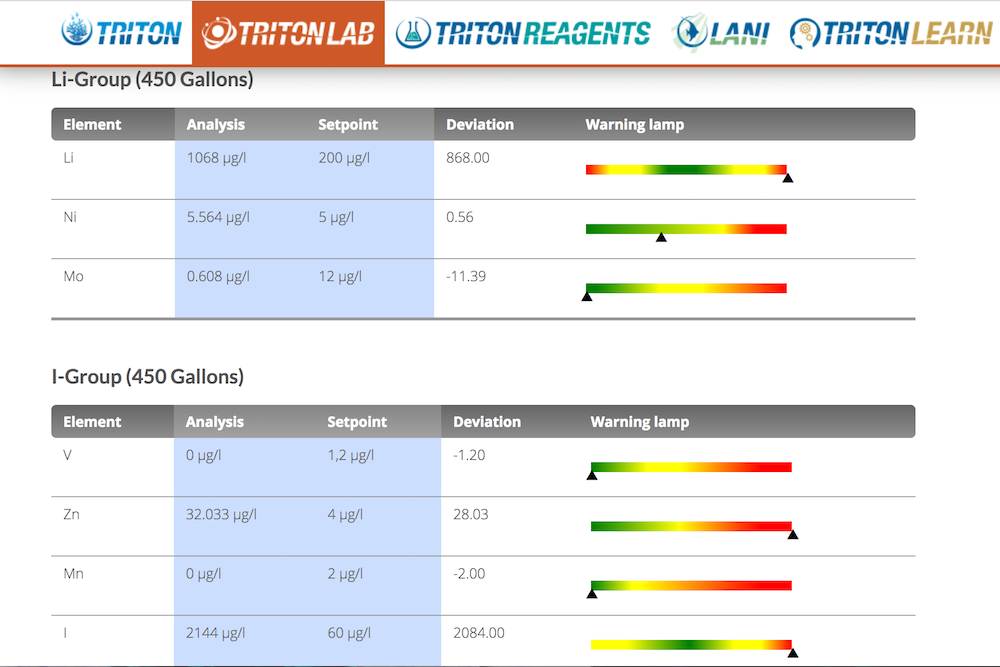
This testing, has made it possible to get at least a relative idea of what the trace element concentrations in my tanks look like at any given time and then to see if changes occur over time. This has let me see and note if something has happened when these trace element levels changed.
To date I do not believe that I have done this frequently enough, nor have I noted dramatic enough changes so that I could document that when element X reached level Y this happened, but it is now at least providing me a baseline from which to work.
Balancing Trace Elements
I should also note that it has not been my intention nor have I tried to only manipulate only one trace element at a time, as I have been adding trace elements like most of us do via a bottle of mixed trace elements. While this may not be the optimum way to keep trace elements at their optimal levels, up until recently this has been the only way that most trace elements could be easily added. This also may not be the optimal way to add trace elements for at least a couple of other reasons.
First, each trace element is consumed at a different rate. As a result, when you add them all according to the manufacturer’s recommendation you are assuming that they all will be consumed at a rate consistent with how they are being added. Most of the time this will probably not cause any harm, however it should be noted that there is a duality to several trace elements in that at one concentration they have beneficial effects, while at another they can be toxic.
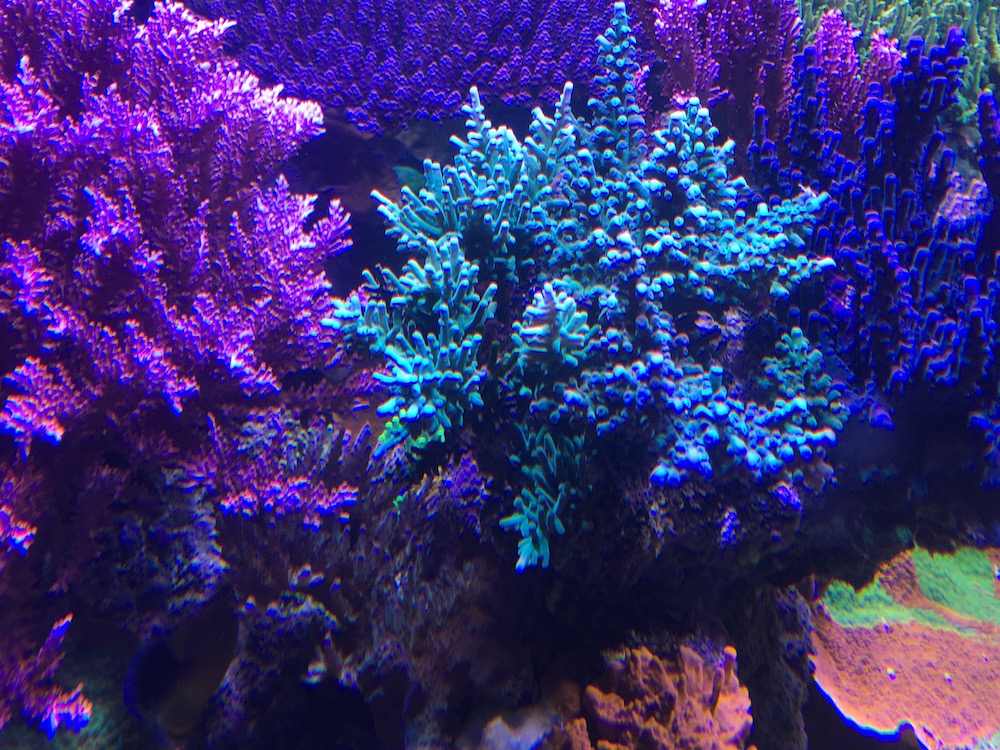
The best example of this is copper. At the normal seawater concentrations of 0.0000005g/L (.5 micrograms/L) copper is critical for some of the enzymes necessary to break down waste material as well as a key component for plants to complete photosynthesis and is in blood and other pigments. But if this concentration is increased as little as fourfold to 20 micrograms/L it becomes toxic over time to most invertebrates including most of the corals we commonly keep.
Because of this everyone in the hobby knows not to treat a disease outbreak in a reef tank containing invertebrates with copper. But more to the point it indicates how diligent we need to be to make sure we do not introduce copper into our tanks by some other means such as allowing leached copper from pipes or an improperly insulated wire to introduce copper. So while copper is an essential trace element, it is not one that I regularly add to my tank.
Iron
Another element that we usually think of as metal, but which is an important trace element, is Iron. This element is crucial for a number of critical biological processes including oxygen transport in the blood of our fish, light reactions in algae including zooxanthellae, and the action of enzymes involved in denitrification. Unlike copper, however, it does not accumulate but rather it precipitates quickly when it is introduced to alkaline water or it is quickly skimmed out.
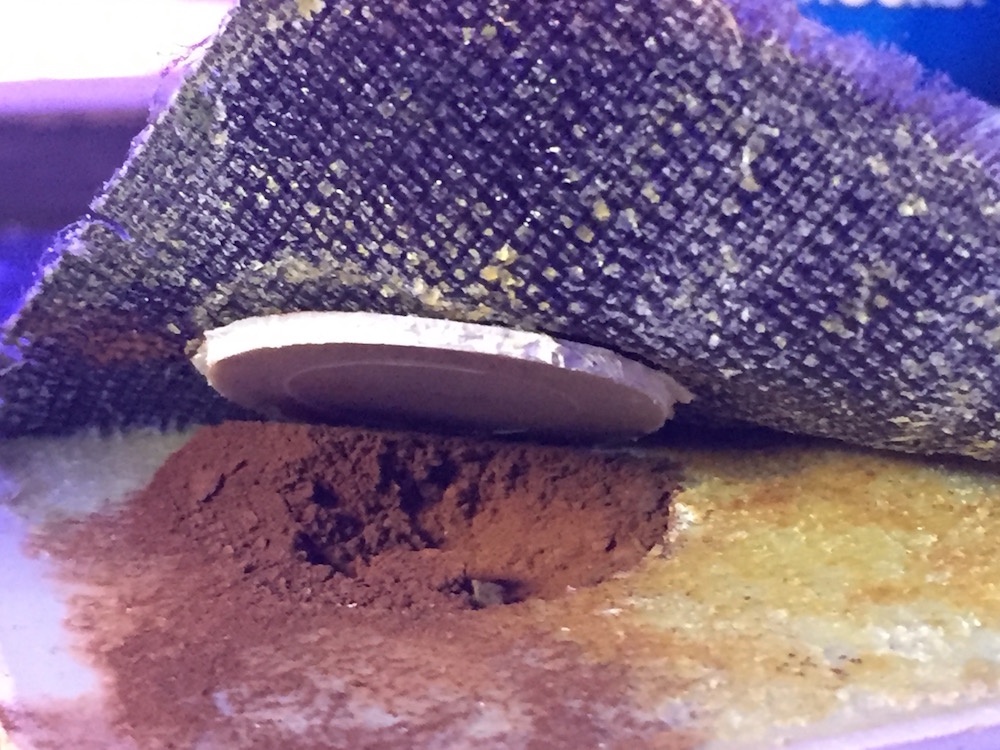
Also unlike copper, its harmful effect t is typically not due to overdosing, but rather it should only be added when it has been determined that nitrate and phosphate levels are extremely low. Otherwise, high iron levels coupled with high nitrate and phosphate levels can lead to rapid algae outbreaks, which unfortunately are difficult to get under control even when iron supplementation is discontinued. Because of this, iron or trace elements containing iron should be added in small frequent amounts and only after nutrient levels are determined and kept low.
Iodine
Like Iron, Iodine is an element that precipitates out quickly so it needs to be added in small amounts on a regular basis. For me, it is the first trace element that I added on a regular basis and have been adding for the past 30 years. It’s main biological activity like iron is to assist in the growth of plants and possibly sponges. It has also been found in the bodies of gorgonians as well as some stony corals, but its exact function in these animals has to date, not been fully ascertained.
Over the years and especially early in the hobby it also was associated with reducing bacterial loads that stress corals and to act as an antiseptic for some corals as well and may protect them from bleaching (Fossa and Nilsen 2001). These last two claims are difficult to establish and confirm owing to how fast iodine is “neutralized” in seawater and many of the claims are anecdotal.
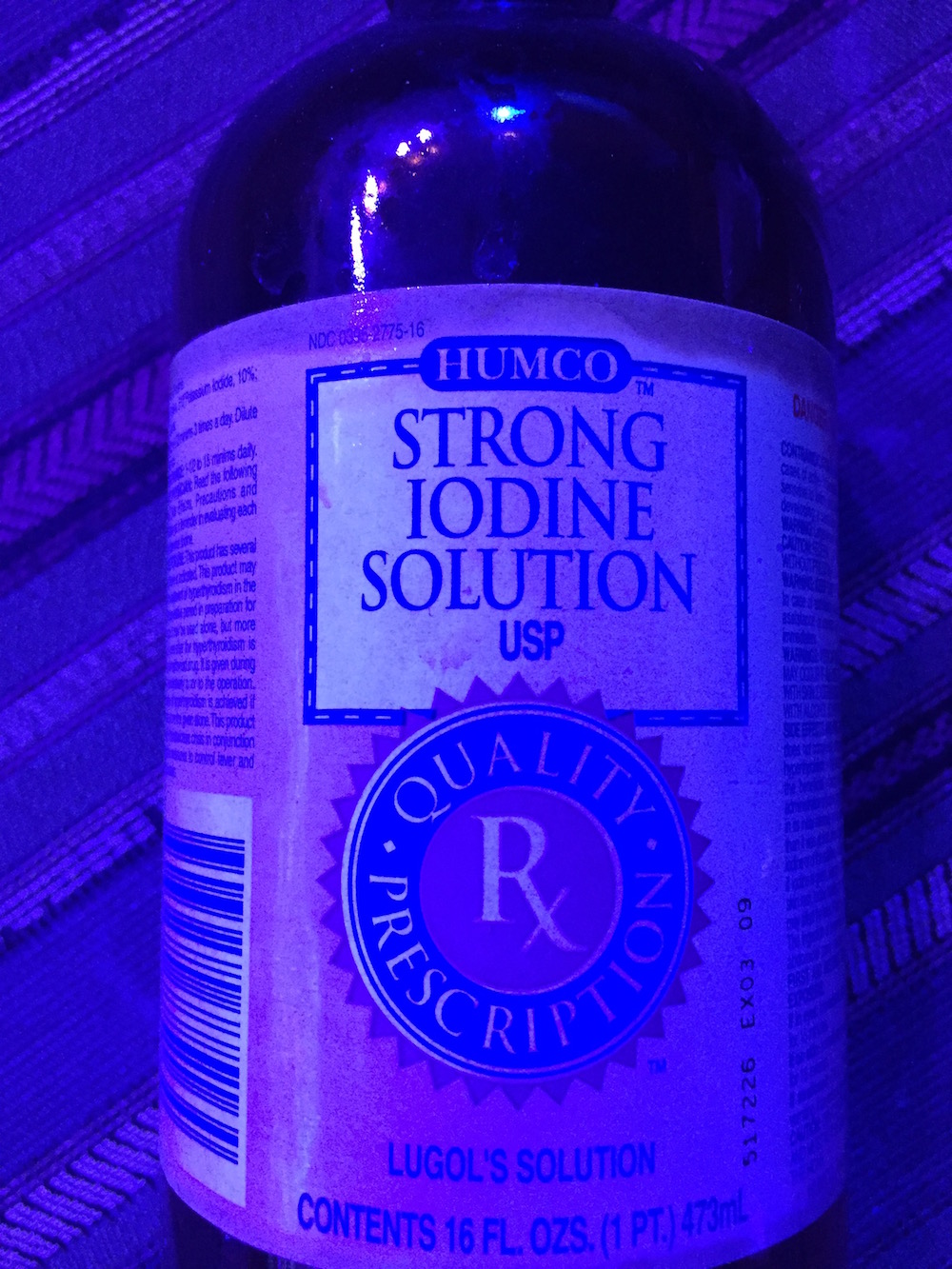
Some of these claims may be the result of the known anti-bacterial properties of Lugol’s iodine, which has been used for years to “clean” new corals or in quarantine tanks to reduce the bacterial load. In the mid-1990’s when RTN outbreaks were commonplace in many tanks owing to the stressed corals from Fiji that were coming in, a common recommendation to “cure” or slow these outbreaks was to lower the temperature in the tank to 74 or less and add Lugol’s iodine on a regular basis.
I have to admit that for me at least this worked. However I cannot say for sure if it was the Lugol’s or simply lowering the tank’s temperature reduced the stress on the corals and allowed the coral’s own defenses to fight the bacteria that was causing this problem. As I noted I have been supplementing Iodine in the form of diluted Lugol’s almost since I started keeping corals. Because I have been using it so long, I feel that it does provide some benefit when it is added in small amounts often.
However, I should also note that it does have the potential to bleach out a tank should the tank be overdosed with it. During one of my earliest talks in Toronto I discussed what I was dosing and how much. One of the audience members liked how my tanks looked and what I was doing and thought that if x amount of Lugol’s was good doubling it would make it even better. So he then proceeded to dose the extra amount.
Needless to say a few hours after he did this he watched his healthy tank completely bleach. So please keep this in mind with Lugol’s or any trace element, go slow and start off using half or less of what the manufacturer recommends.
Molybdenum and Zinc
The last two trace elements, along with Strontium, are trace elements I have been adding to my tanks since I started keeping corals. I have also gone for periods of time when I did not dose them. So after observing and keeping a record of the tank under both situations I feel fairly confident that my tank does better when these elements are dosed.
Having said that, I am not as confident that adding the remaining trace elements has produced as significant of an effect. The remaining trace elements have all been dosed via various commercial trace element mixes and this may have further clouded my ability to determine if they produce much of an effect since I am relying on the manufacturer to actually have what they say in their bottles.
The first of these trace elements in this mixes that is added is molybdenum. This element has been touted as being involved in plant reactions as well as in the conversion of nitrate to nitrogen gas via its presence in enzymes. It has also been reported to have come role in blue-green algae production.
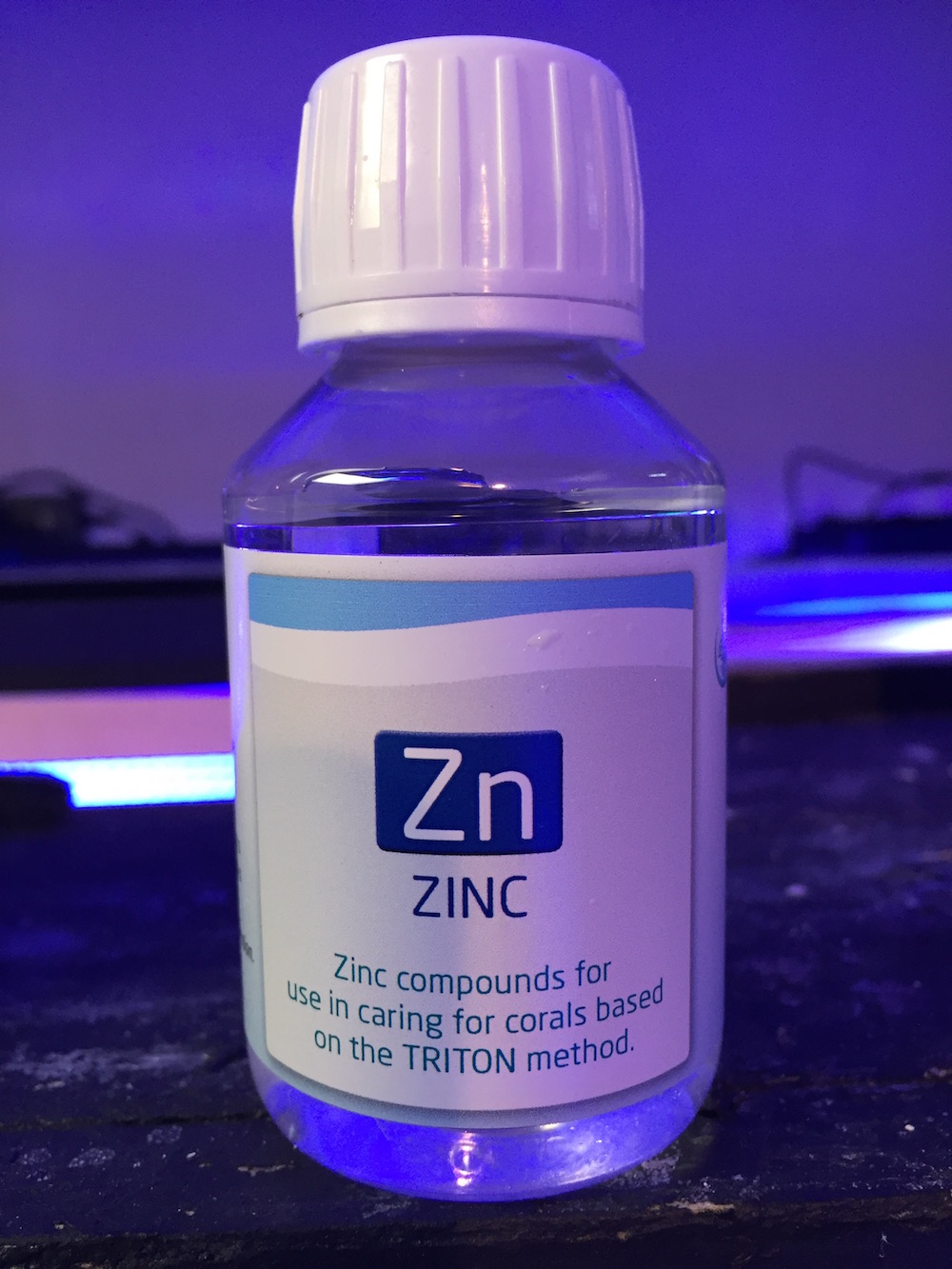
The next of these trace elements in importance at least to me is Zinc. Zinc is critical in the transmission of genetic information as well as protein production. There is also some anecdotal reports that its supplementation can dramatically increase the growth rate in some stony corals. I have not tested this out yet, but I have recently acquired some zinc to supplement my tank to see if its addition does indeed speed things up.
Another metal that has shown to impact algae growth is vanadium. More interesting however is its proposed significance in being a necessary element if sea squirts are being grown. When I have obtained sea squirts, usually by accident, I have tried to supplement their tank with trace elements that contain significant vanadium.
With its use I have gotten some to live well beyond 6 months and even reproduce. However, over time despite my best intentions these animals all disappeared seemingly overnight despite these additions so it is hard to confirm their critical nature for these ascidians.
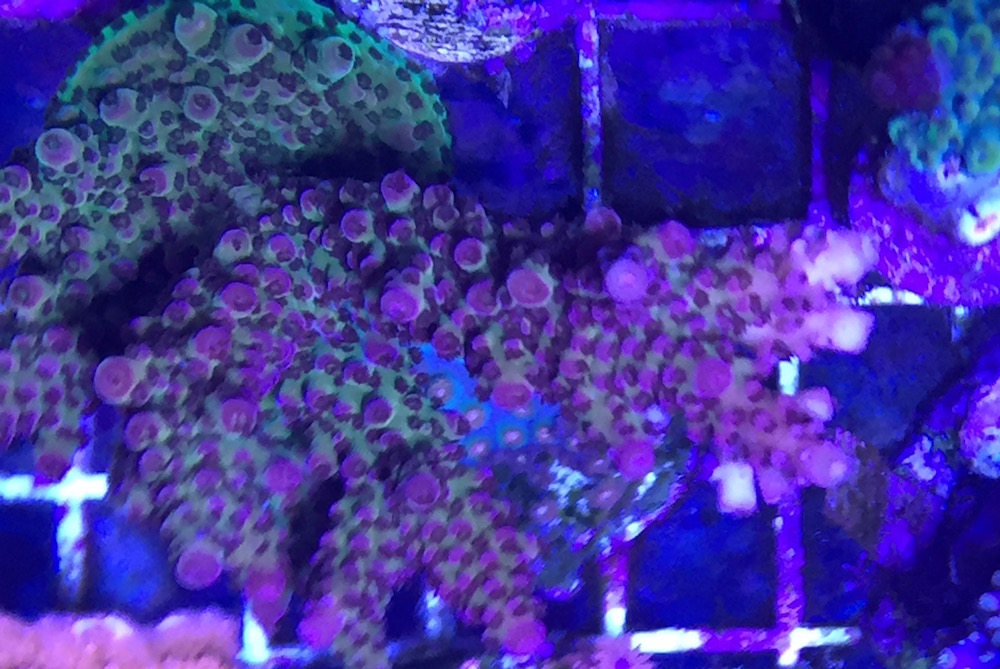
Another trace element that has shown to be critical for photosynthesis is Manganese. Like the other trace elements involved in photosynthesis this is not critical for most us for growing marine algae as much as it is for keeping zooanxthellae healthy and thriving.
The last two trace elements that appear in most supplements but for which there seems to be little information in regards to their function are Selenium and Cobalt. Selenium seems to have a role in protecting corals from oxygen damage, while Cobalt is present in some critical vitamins and may be an important cofactor for stimulating their production.
Do Trace Elements Work
While I am a big advocate for having my tank’s water be as close to natural seawater as possible, I am not convinced that adding trace elements via the commercial mixes I tried had a significant impact on the growth or coloration of my corals. In my own 9 month somewhat unscientific study, regularly adding them or not adding them did not seem to have a significant impact either way in my opinion. However, I should note that this may have had more to do with the husbandry of my tank and its age more than it did the trace elements supplemented.
Since my tank has regular weekly 8% water changes, this alone may have supplied all the trace elements necessary for the corals. As could the fact that the tank is over 5 years old, so enough of these elements could have accumulated in the rocks and mulm so that if a shortage occurs they may leach from there.
Conversely, the strong protein skimming employed on the tank could be removing enough of these that adding more had little effect. As a result, I am no longer adding any of these to my tanks on a regular basis. However if I see a tank utilizing them that shows a marked difference when they are not used I would reconsider. If I did so I would start at a lower dosage recommended by most manufacturers and work up from there.
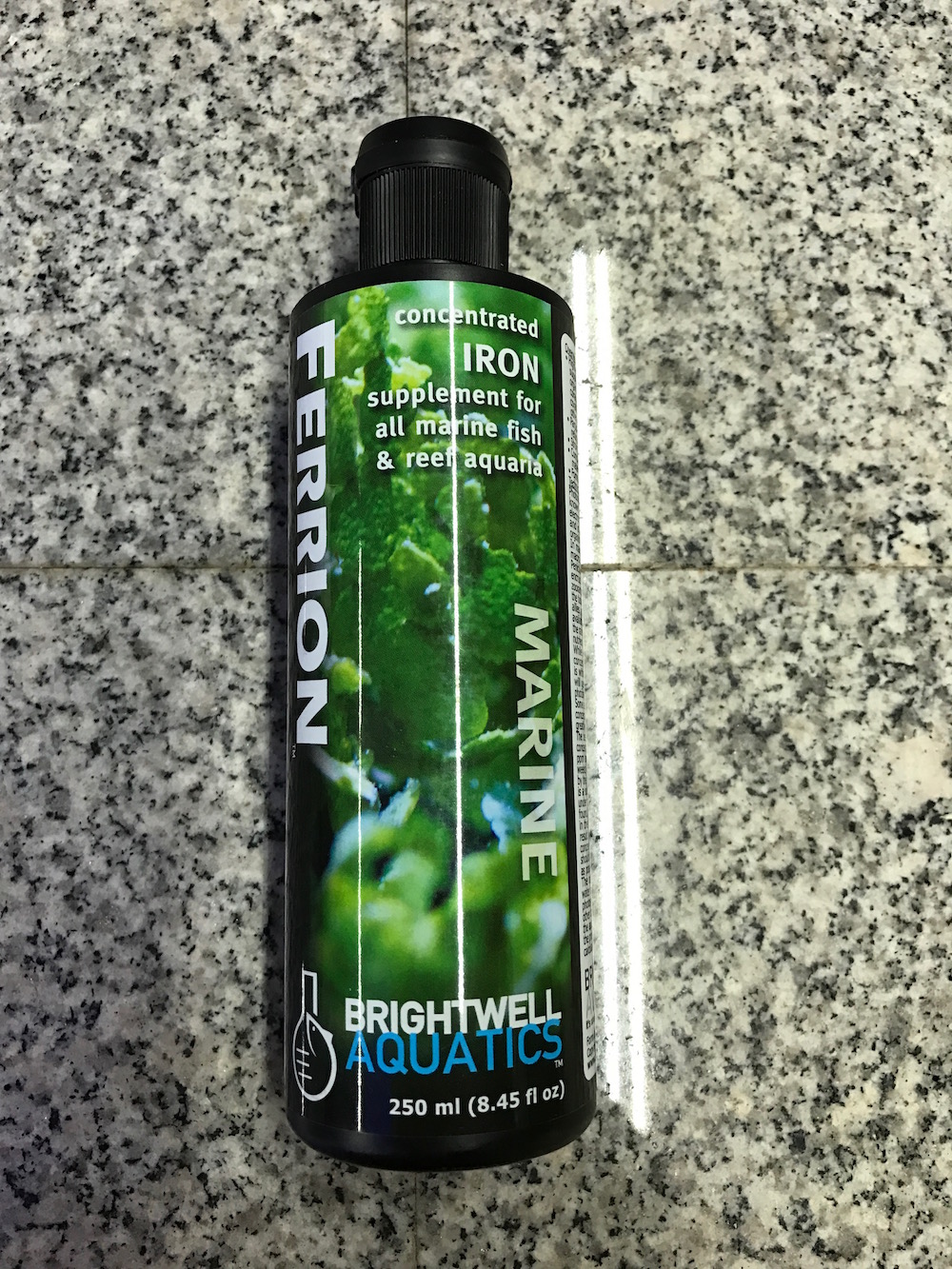
I will keep dosing iron and iodine however if for no other reason than I have done so for so long with no apparent negative consequences. I will also reconsider if my Triton tests show a diminution over time of these. However, to date this has not been the case.
For some, the addition of trace elements may be the critical last factor that makes their corals thrive, but for me I would like to see more work done on exactly what they do in our captive systems and what is the optimal concentrations in these systems before I will be fully convinced of their need.


